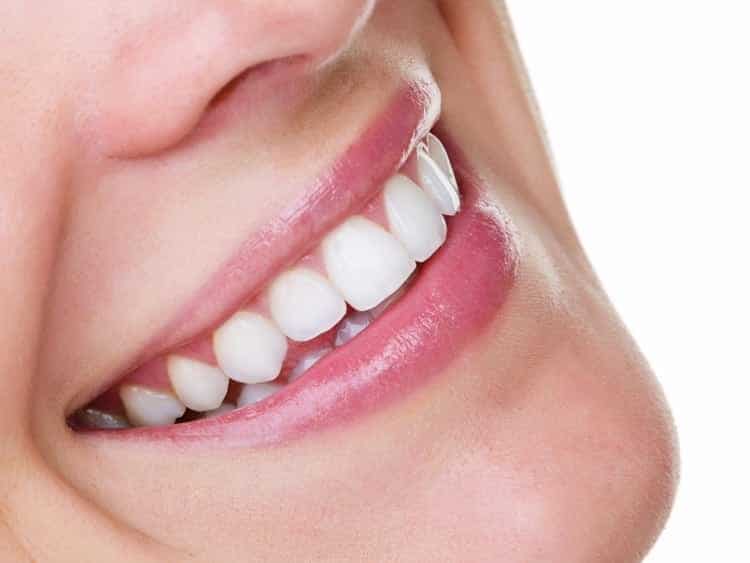If you’ve ever asked yourself, “why don’t my teeth stay white after treatment?”, you’re not alone. Many people invest in Teeth Whitening procedures expecting permanent results, only to notice fading brightness after a few weeks or months. The truth is, several factors—both lifestyle and biological—can influence how long your teeth remain white after whitening treatments.
Understanding the Nature of Tooth Whitening:
To grasp why your teeth may not stay white, it helps to understand how whitening works. Whitening treatments, whether professional or over-the-counter, remove or bleach surface stains but don’t prevent new ones from forming.
Key facts about tooth whitening include:
- Whitening agents like hydrogen peroxide target surface and some deep stains
- Results are temporary and gradually diminish over time
- Enamel is porous and can absorb pigments from food, drinks, and tobacco
- Whitening does not protect teeth from future staining
Even the most effective treatments can’t permanently change the natural shade of your teeth or prevent new discoloration from recurring.
Daily Habits That Re-stain Teeth:
Your lifestyle has a major impact on the longevity of whitening results. Several common habits can cause your teeth to darken again, sometimes quite quickly after treatment.
Main culprits that lead to re-staining include:
- Drinking dark beverages: Coffee, tea, red wine, and soda stain enamel over time
- Smoking or vaping: Tobacco and nicotine are notorious for yellowing teeth
- Poor oral hygiene: Infrequent brushing and flossing allow plaque and stains to build
- Colored foods: Berries, tomato sauce, soy sauce, and curry are highly pigmented
- Acidic foods and drinks: These erode enamel, making stains stick more easily
Cutting back on these habits or modifying how you consume these items can help prolong your whitening results.
Natural Tooth Color and Genetics:
Sometimes, the answer to why don’t my teeth stay white after treatment? lies in genetics. Everyone has a natural tooth color that may not be as bright as whitening ads suggest, and some people have more porous enamel that stains easily.
Genetic and biological factors that affect whitening longevity:
- Thinner enamel: Reveals the yellowish dentin underneath
- Tooth porosity: More prone to absorbing stains
- Age: Enamel naturally wears down over time, making teeth appear darker
- Medication: Antibiotics like tetracycline can cause deep, intrinsic stains
These intrinsic factors aren’t typically responsive to surface-level whitening treatments and may require alternative cosmetic solutions like veneers.
Maintenance Matters: Post-Treatment Care
One of the biggest reasons whitening results fade is a lack of proper post-treatment maintenance. Aftercare plays a critical role in how long your smile stays bright.
Best maintenance practices include:
- Brushing with whitening toothpaste at least twice a day
- Flossing daily to remove plaque between teeth
- Rinsing after consuming staining foods or drinks
- Using a straw to minimize liquid contact with teeth
- Touch-up treatments every 6–12 months as recommended by your dentist
Neglecting these steps can result in a rapid return to your pre-treatment shade.
When to Consider a Touch-Up or Professional Help?
Even with the best care, Teeth Whitening Treatment isn’t permanent. If you find your results fading too quickly, it may be time for a touch-up or consultation with your dentist.
Signs you may need professional assistance include:
- Diminished brightness within weeks of whitening
- Uneven color or patchy discoloration
- Persistent internal stains not responsive to OTC products
- Tooth sensitivity that limits your use of home whitening
Your dentist can recommend customized whitening plans or alternative options like in-office laser treatments or porcelain veneers for long-lasting results.
In conclusion, if you’ve been wondering, “why don’t my teeth stay white after treatment?”, the answer likely involves a mix of daily habits, biological factors, and post-care maintenance. Teeth whitening is not a permanent solution—it requires lifestyle adjustments and routine upkeep to preserve those pearly whites. By understanding the causes and taking preventive steps, you can enjoy a brighter smile for much longer.

